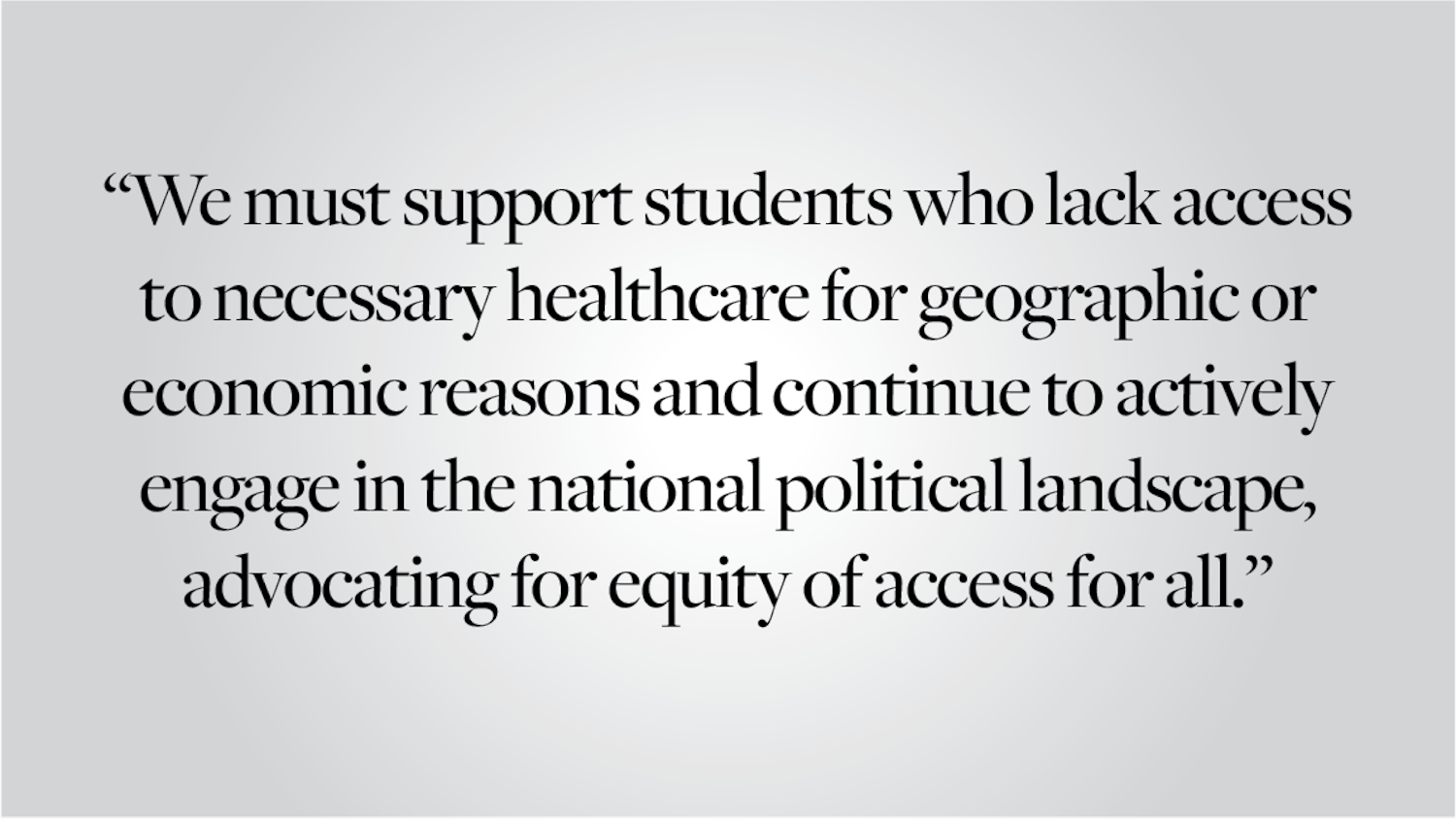Forty years ago, in December 1970, the Brown Corporation raised University tuition for the fifth year in a row. Students were outraged. A Dec. 14 editorial in the Herald titled "Price of Shit on the Rise" lamented that no students were consulted before the raise was approved and urged the University to replace all top business managers. "The cost of a year at Brown just broke $4,000," the editors wrote, "where it will remain until next year, when we are sure the Herald will reprint this editorial with a new, higher number."
They were right about that last part. Tuition has been growing faster than inflation since the 1970s. This past weekend, the Corporation took that trend a step further, raising tuition by 4.5 percent to a whopping $51,360.
For the sake of tradition, we briefly contemplated reprinting the 1970 editorial with the new, higher number. But unlike the editorial page board 40 years ago, we understand the Corporation's decision. In fact, we think the University took proper actions to balance the budget during a time of financial crisis.
The Corporation met this weekend with the daunting task of plugging a projected $30 million budget gap. Its options were limited — balancing a budget usually comes down to either raising fees or cutting spending, both of which are problematic. But with a $740 million loss in the endowment, something had to be done, and we're relieved to see that the Corporation took a sensible approach to balancing the books.
The $14 million in cuts recommended by the Organizational Review Committee and approved by the Corporation will by and large not harm the student experience. And while $51,360 is a shocking number, the 4.5 percent tuition increase is in line with those of previous years. In 2008-2009, tuition increased 3.9 percent. In the two years before that, student fees increased 5.0 percent and 4.7 percent, respectively. Last year, at the peak of the crisis, the University held the increase in tuition to an unusually low 2.9 percent.
Rising tuition presents a critical problem for Brown and for academia in general, but we must give the University credit for keeping increases to a minimum even in these hard economic times. Moreover, the University has compensated for the raise at least a bit by expanding the undergraduate financial aid budget by 6.5 percent.
We also have to give the Corporation credit for authorizing University growth in a number of areas that will help Brown remain competitive. Members approved a salary increase for faculty and staff — a smart move after Brown offered a smaller increase than most peer institutions in 2008 and froze salaries entirely in 2009.
Members also approved construction of the new fitness and aquatics center and the renovation of the medical education building in the Jewelry District. This kind of expansion is important if the University wishes to attract the most distinguished faculty and the brightest students. Though some may be wary of new construction projects that come alongside a rise in tuition, administrators have said that much of the funding for these buildings comes from private donors. The University should take extra measures to make clear that these projects — which are good but not absolutely necessary — are not driving tuition increases.
We're sorry to say that next year The Herald will probably run another editorial lamenting a new, higher number for student tuition. This year, at least, it was a necessary evil.
Editorials are written by The Herald's editorial page board. Send comments to editorials (at) browndailyherald.




